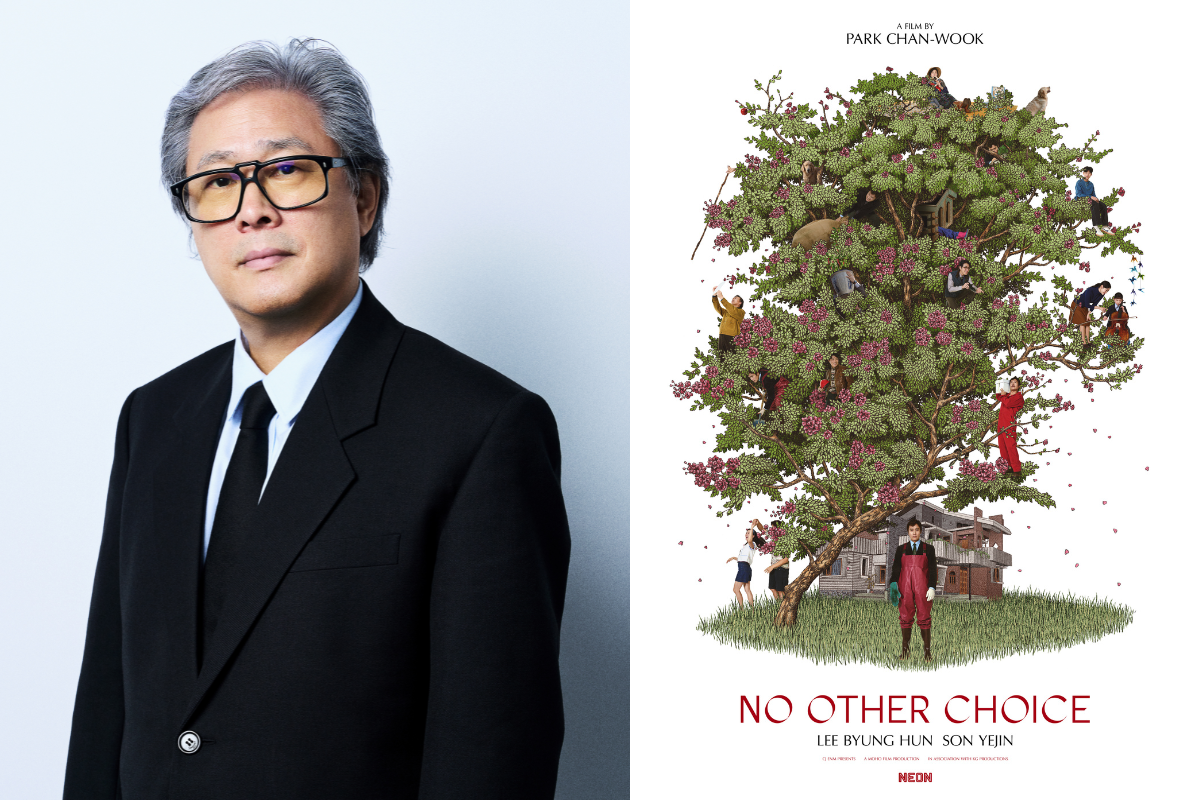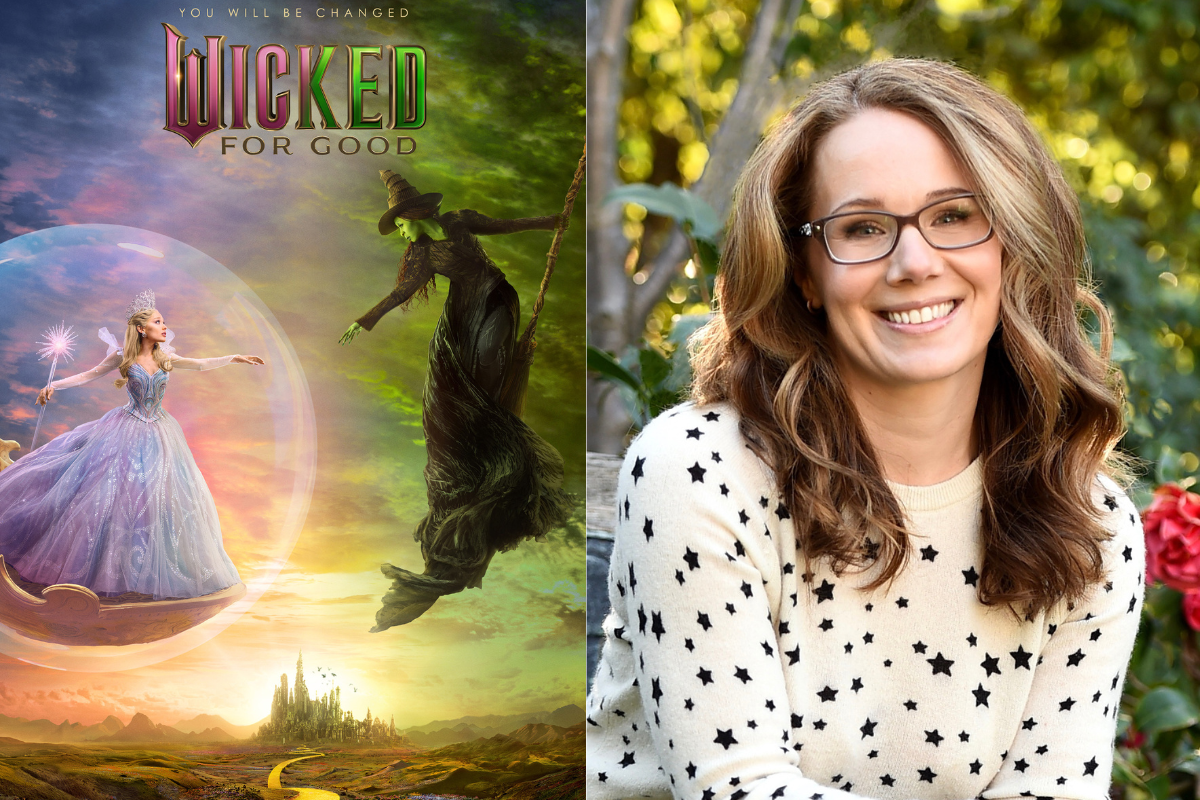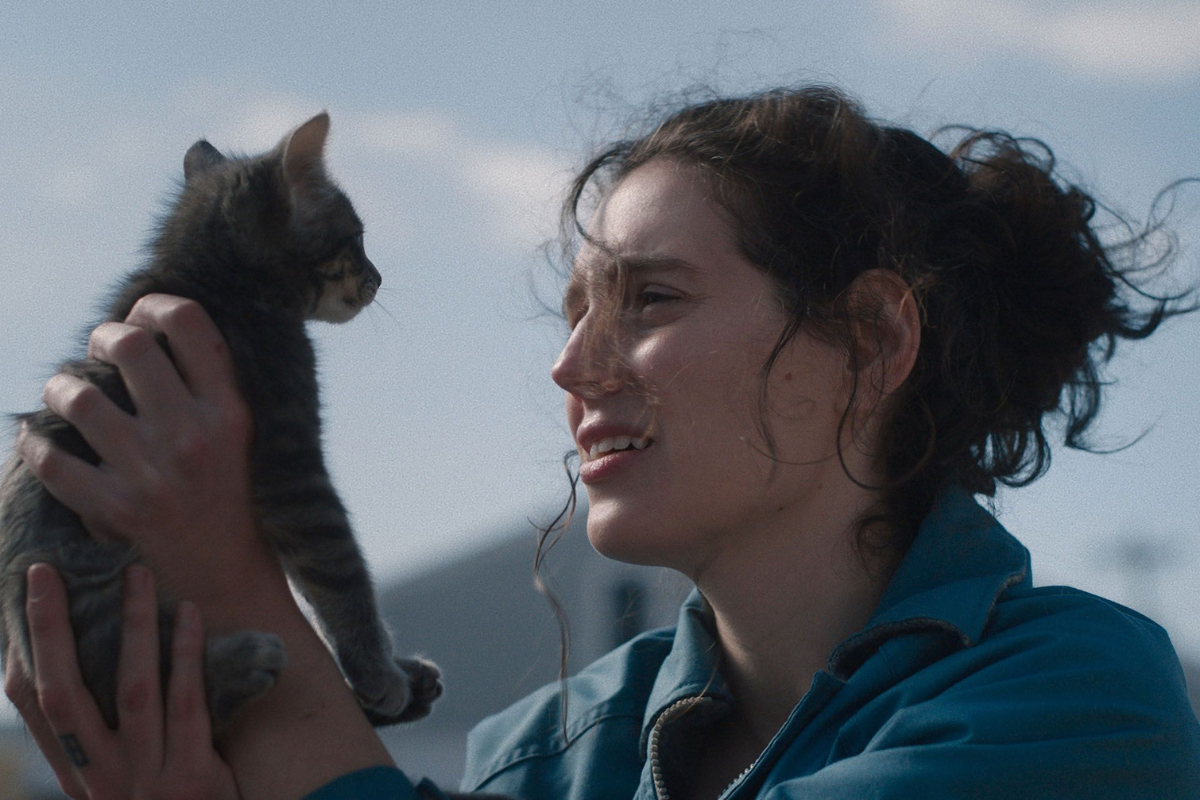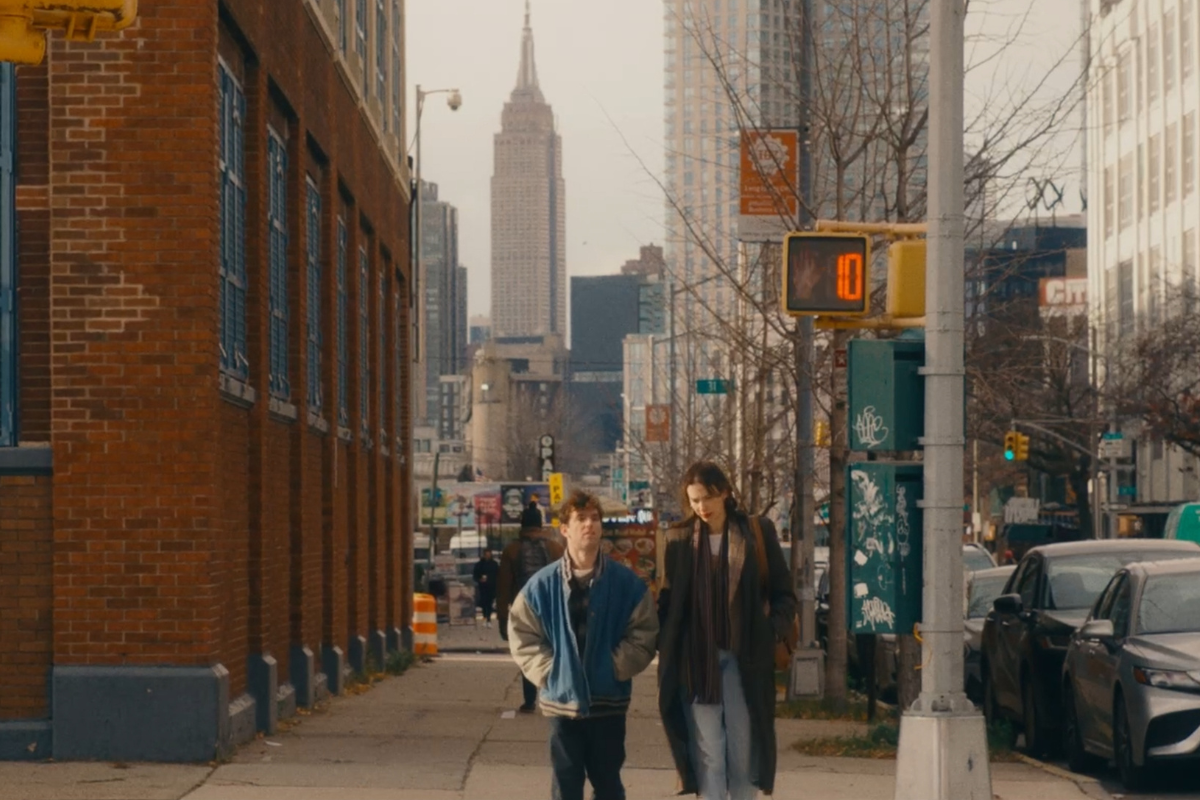Finding Characters’ Patterns and Hidden Truths With The New Look’s Showrunner Todd A. Kessler
Todd A. Kessler discusses finding similarities between Dior and late Sopranos actor James Gandolfini, writing characters as neither heroes or villains, and identifying with the designers’ creative drive.
Todd A. Kessler likes exploring patterns of behavior. Whether he’s writing about the New Jersey crime family of The Sopranos, the high-stakes litigators of Damages, or the dysfunctional Floridians of Bloodline, he relishes characters who present one face to the world while hiding another.
On the surface, the showrunner’s latest series, The New Look, about fashion designers Christian Dior (Ben Mendelsohn), Coco Chanel (Juliette Binoche), and their contemporaries during the Nazi occupation of Paris, seems to have little in common with his previous work. Yet beneath the gorgeous textiles and elaborate interiors lie similar threads: people faced with one plight or another who choose a path and face the consequences.
“We all have many lives, many people within us,” Kessler says.
Airing on Apple TV+, The New Look captures that ambivalence, dramatizing Dior’s rise through World War II and the postwar period, where admirers celebrate his elegance but question why he created ball gowns for Nazis’ wives and girlfriends. That’s where the money was, but Dior also wanted to protect his sister, Catherine (Maisie Williams), a French Resistance member. Meanwhile, Chanel fusses that she “has no time for extravagance” and publicly closes her shop to avoid selling to Nazis, then literally gets into bed with a German officer to help her financial situation.
Both had complications and made compromises that prove absorbing, said The Independent, calling the series “a beautifully made, nuanced exploration of two creative geniuses whose lives were far from black and white. And it’s certainly proof that fashion isn’t frivolous: it’s deeply woven into some of history’s most significant moments.”
Here, Kessler discusses finding similarities between Dior and late Sopranos actor James Gandolfini, writing characters as neither heroes or villains, and identifying with the designers’ creative drive.
Common Threads
Kessler’s fascination with Dior began circa 1997, when he read an article celebrating the fiftieth anniversary of Dior’s first fashion collection in 1947. “I wasn’t particularly into fashion,” he says, but he became intrigued upon learning how Dior, Chanel, and other designers such as Cristóbal Balenciaga (played in The New Look by Nuno Lopes) and Pierre Balmain (Thomas Poitevin) all lived in Paris during one of the darkest times in twentieth-century history and sparked “an explosion of creativity” upon the war’s end.
Kessler circled back to Dior about 2017, where he noticed several parallels between the fashion designer and Gandolfini, a dear friend who had portrayed crime boss Tony Soprano. Gandolfini died in 2013 at age fifty-two—the same age as Dior when he died in 1957. Shortly before their deaths, both felt that “there was something else out there for them in their lives.”
Both also felt conflicted on their paths to success, Kessler adds. “They both stepped into their worldwide fame in their early forties. They had ten years of huge success, which was unprecedented. And they both felt very distanced at times from the public perception of their success; the private person was very different. As an example, Jim decided early on not to do any talk shows for The Sopranos. … And as the show became a massive hit, he felt increasingly trapped in that persona because it wasn’t him. But that’s what the public wanted when they met him.”
As for Dior, ten years into running his fashion house, he revealed in his memoir Christian Dior and I how there were “two parts of his personality, the extrovert salesman and the introvert creator, and that those two parts were at war with one another. It had taken him ten years to understand that both parts were needed, and he looked forward to this next chapter of his life living with an understanding of balance between those two parts.”
The Truth Behind the Truth
Kessler’s research and development on The New Look took about three years before he pitched the series. During that time, he worked with professor and fashion expert Marie-France Pochna, who helped facilitate an introduction to the House of Dior and its extensive archive. “Basically, it was taking on a massive research project and trying to figure out a story that will be compelling, entertaining, and emotionally provocative.”
In the premiere, Dior doesn’t shy away from answering questions about his design work during the war but offers a thoughtful bit of framing: “There is the truth, but there’s always another truth that lives behind it.”
Appreciating how that line spoke to a writer’s brain, Kessler says he always tries to seek that truth, not view characters through a judgmental lens.
“How can I create something where ideally, the audience watching it will put themselves in the shoes of the characters and say, ‘Gosh, what would I have done if I was in that situation?’ … I’m trying to capture the spirit of the choices and the predicaments that they were in without saying, ‘Oh, this person is a villain; this person is a hero.’”
The New Look establishes in early scenes the rationalizations that many did to survive. Dior works for couturier Lucien Lelong (John Malkovich), who doesn’t want to tell the designers that Nazis have commissioned their work, lest they refuse on moral grounds. Lelong doesn’t refuse the Nazis outright because they terrify him. Ignoring their business could cost them their lives, not just their livelihood.
“The Nazi occupation of Paris lasted four years, but it’s not as if two years into the occupation, the French knew, ‘Oh, we only have another two years of this.’ It could have gone on for the rest of their lives [or] the rest of the twentieth century up until now, if the war went a different way,” Kessler says.
He likened the uncertainty to that of the COVID-19 pandemic, where people didn’t know how long the quarantines and isolation would last. “With so much that has happened in the world around the current wars and occupations and everything that’s going on, the resonance of learning from that history—or at least seeing the history and seeing the choices that people had to make—it’s all too relevant to our lives,” Kessler says.
Creativity as an Act of Survival
Dior’s work helps him maintain a comfortable apartment that’s a haven for his sister and other Resistance fighters. But montages of sketches with fluid lines and unfurling silky fabrics also show his artistic spirit. He parses his involvement with the Nazis by separating whoever wears one of his creations from the fashion itself, saying, “The fabric. The design. The gown—they are all innocent.”
To him and his contemporaries, creating was essential. “For these artists, it’s a way to live; it’s a way they see the world. Why we’re all writing. Why actors act, why directors direct, all these things … There’s a lifeforce around that energy that’s separate from business, that’s personal expression,” Kessler says.
The New Look also shows the designers’ different creative approaches. For instance, Dior was obsessive about sketching designs before making them while Chanel preferred to hold fabrics up to models and create dresses that fit the body.
“It’s like some writers who just want to start writing without an outline while other writers outline obsessively to know the story before they start writing,” Kessler says. “What is the sketch versus jumping in and trusting your instincts? That was really fascinating to come across as well.”
Keep Quiet Until You Find the Story’s Core
When designing your own story, look for similar patterns and threads, even if you have to hold your idea close to the vest until you identify them.
“Give yourself enough time with it to not feel rushed, because the moment other people enter—and sometimes those other people are creative people; sometimes they’re business people—the moment other people enter it, it changes,” Kessler says. “That doesn’t necessarily mean that it changes for the worse. … But if the research is still really going on when other people get involved, then it’s hard to feel the gravitational pull of what it is.”
Once that core is in place, the passion and conviction around it will help sell it, he adds.
“Try to find that personal aspect to the story, getting very specific,” Kessler says. “You may think that you’re just writing it for yourself. But if you can really get to that emotion underneath it, there’ll be most likely a very relatable experience that you’ll be conveying to an audience.”
The New Look is now streaming on Apple TV+.
Valerie Kalfrin is an award-winning crime journalist turned essayist, film critic, screenwriter, script reader, and emerging script consultant. She writes for RogerEbert.com, In Their Own League, The Hollywood Reporter, The Script Lab, The Guardian, Film Racket, Bright Wall/Dark Room, ScreenCraft, and other outlets. A moderator of the Tampa-area writing group Screenwriters of Tomorrow, she’s available for story consultation, writing assignments, sensitivity reads, coverage, and collaboration. Find her at valeriekalfrin.com or on Twitter @valeriekalfrin.







